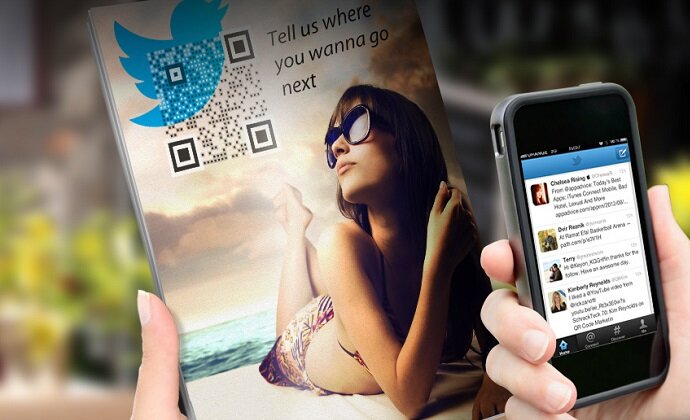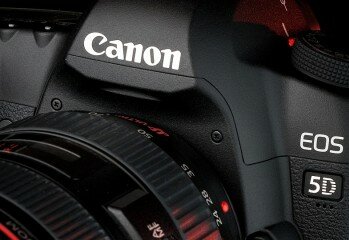The QR code is an information storage system in a matrix of black and white dots or two-dimensional barcodes. They can contain many different types of information such as URL, SMS, text, links with audiovisual content, a web page and also lists of contacts, phone numbers and even map locations.
It is possible to recover the encrypted information in the QR code with a mobile device by simply downloading a QR decoder application and point the camera at a QR code panel. Once scanned, the data will automatically appear on the screen of the used device, without any need to take pictures or fit well the QR object.
This technology is not recent, since the patent bar coding was recorded in 1952, but it was not known until the 80’s, when the technology was a great commercial success, causing it to be applied to virtually all product packaging used daily.
With the advent of QR coding, few users have joined the system, considered too artificial: Few users use their smartphones to perform analyzes.
Designed in 1994 by the Japanese firm Denso Wave, the idea was to store more information in comparison with the traditional bar coding, but this attempt to connect the physical world with the virtual to give a before edge feeling and implementation yet successful in the industry, its use is still too low among smartphone owners.
Public authorities and tourism institutions have adapted their recent year’s prospectus to be compatible with this technology in order to promote tourism to do the same in order to achieve virtual tours, among other services. Some cemeteries in Barcelona have launched in 2012 a service that allows traditional tombstones to contain information about the deceased in QR code through a free mobile device, gaining access to his biography by text and pictures.
This technology seems to draw its strength from museums. In Spain, several works currently own QR code frames containing all the necessary information in order to not clutter the work itself with text. Indeed, Spain is the country where QR codes are the most read in the world: 21% of the population has access to this service, followed by the United States.
One of the main explanations of experts to justify the lack of use of this system: Companies that incorporate the QR code in their promotion strategies provide no information.
The Barcelona City Council has launched an application for smartphones, a system that provides information about the 43 municipal markets, downloadable via the QR code in all markets and in Apple and Android stores.
Easy to make. All you really need is a free QR code generator, and there are plenty of them floating around the Internet.
Cost effective. Since most of the QR code generators are free, making the actual codes is inexpensive. The cost of printing materials can also remain relatively low, since they can be used on business cards or stickers. Stores can print their QR codes in ads, which they already invest money into.
Anyone can make a QR code.
Saves paper. People can scan a QR code to do things like enter contact information or store a coupon on a cellphone. Instead of having to carry paper coupons, people can just scan a QR coupon and have it available in their phone.
Very quick transfer of information. Since the advent of DSL internet and now the 4G network for cellphones, people have gotten very used to getting information very quickly.
Relatively small in size. This makes the codes great to put on business cards, in a corner of an ad, somewhere on a coupon, or anywhere there is a small bit of space. These codes can be made much smaller than the information they contain. So instead of placing a long, ugly, URL, on an advertisement or resume, simply place a small QR code.
Potential for over usage. Marketers should be aware that placing a QR code absolutely everywhere can be overkill.
Reputation issues. Many people are making their QR code that link to social media, such as Facebook. This might not be the best idea, especially if one of your friends decides to get drunk one night and write something obscene on your wall. Say you put that QR code on your business card; then everyone you've given your business card to can see that as well. Also, since free generators are available to everyone with an internet connection, there is a potential risk that someone could create a QR code that represents you or your business, but you did not actually make the code.
Anyone can make a QR code. This is a con as well as a positive. Since anyone can make it, there's really nothing that extremely special about one, so people are going to have to think outside of the box when thinking of ways to customize them.
Security issues. The transfer of data between two devices can always lead to security issues. Also, before scanning a code, the scanner can never really know where the code is going to lead them.
Not the most aesthetically pleasing marketing tool. QR codes cannot be manipulated very much to look “pretty.” Some generators allow for the color of the QR code to be changed, and some companies have found ways to integrate their logo into the QR code, but the code usually still ends up looking very much like a barcode since it must contain those four basic squares.








